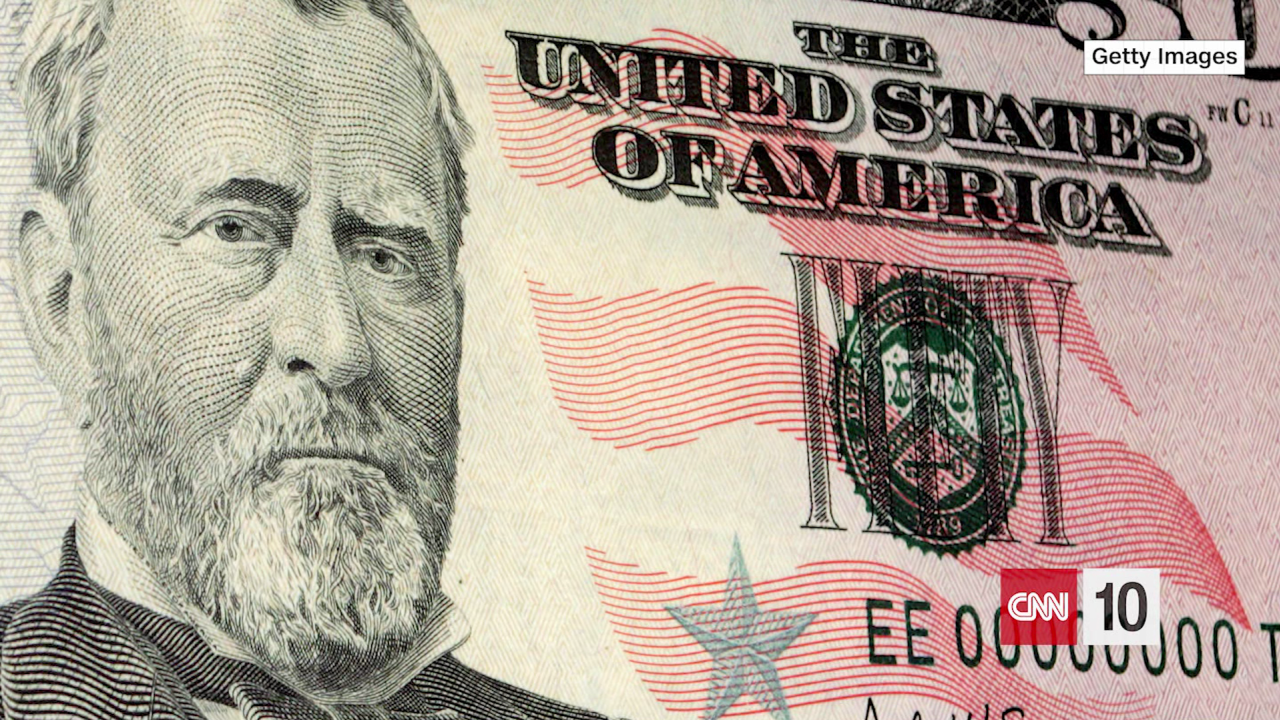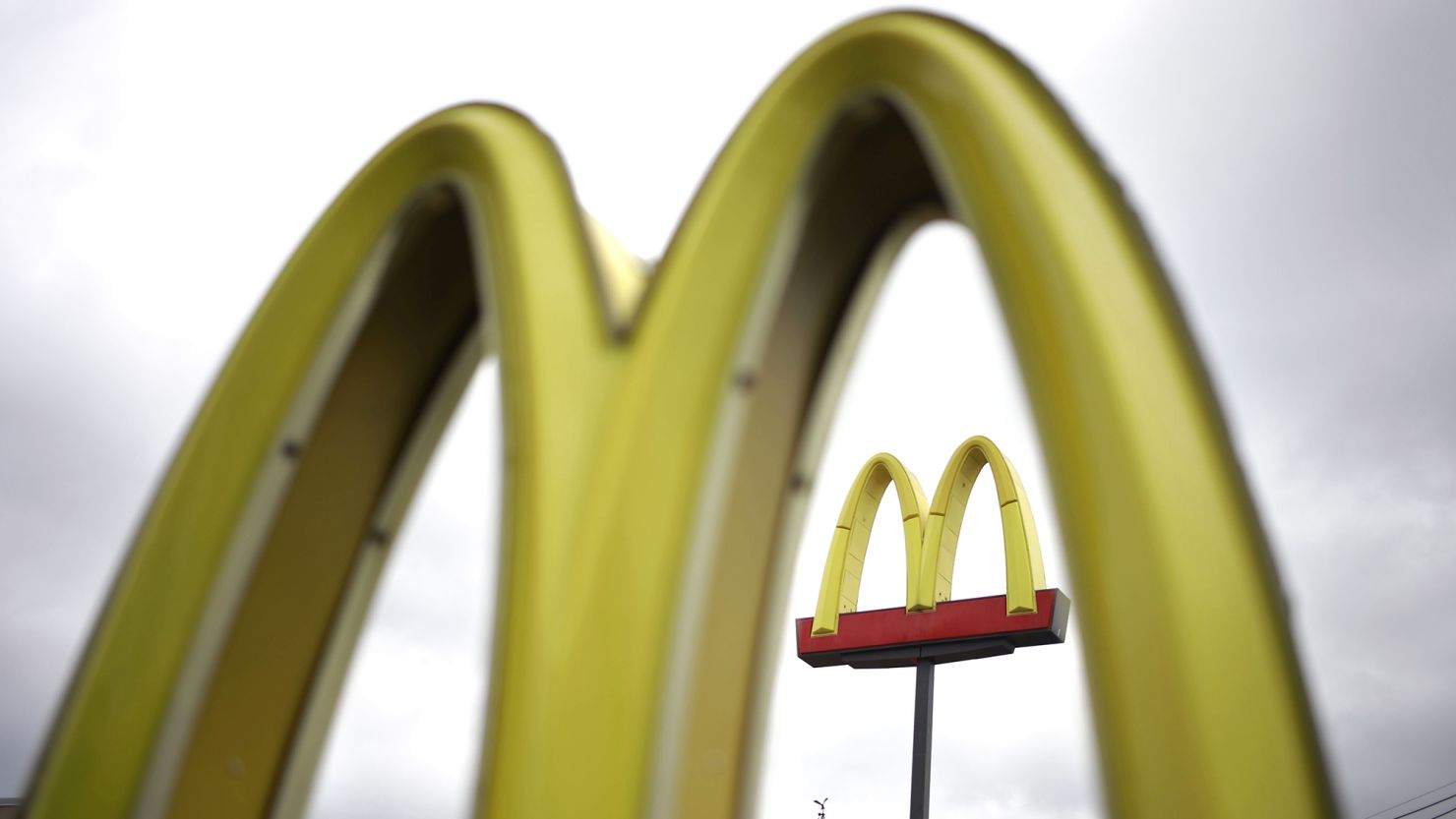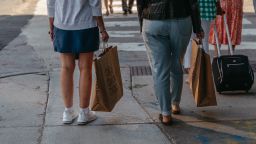Editor’s Note: A version of this story appeared in CNN Business’ Nightcap newsletter. To get it in your inbox, sign up for free, here.
Sticker shock, a feeling as old as commerce itself, is no longer just an irksome, unexpectedly high bill. In the era of social media, overpaying for dinner is an invitation for anyone and everyone to publicly shake their fist over the health of the global economy.
Take the $16 McDonald’s meal that struck a nerve on TikTok late last year. If you missed it, the gist is there’s a guy in Idaho who paid $16.10 for a burger, large fries and a drink.
“I get there’s a labor shortage. I get there’s wage increases and a number of other things,” he says in the video. “But $16? … It’s just crazy.”
Even a year later, the video is being recirculated on TikTok, Reddit, the New York Post and Newsmax for what the moment ostensibly says about the state of the American economy.
That’s becoming an increasingly nettlesome problem for Democratic political strategists and economists who have so far failed to deliver the message that the economy is actually doing great.
Of course, fast food prices have gone up along with everything else in the past few years, but not by as much as the TikTok video suggests. The burger in the video isn’t a standard McDonald’s menu item — it was a one-off “smoky” double quarter-pounder with bacon and cheese, the kind of limited offering that fast-food restaurants often roll out in order to gin up sales in a business that runs on razor-thin margins.
The average Big Mac in America cost $5.58 this summer, according to the Economist. That’s up about 75 cents from January 2020, just before the pandemic hit. Because the vast majority of McDonald’s restaurants in the United States are independently owned, prices vary from region to region. (For example, in the wealthy town of Darien, Connecticut, a Big Mac combo meal can set you back about $18, as CBS News reported earlier this year and as I experienced first-hand on a pit stop along I-95.)
The social media megaphone
In an era before TikTok or YouTube, a $16 burger moment would have lasted a few seconds. The man who purchased it might have shaken his head and enjoyed his meal, or even gone back to the checkout to ask if there’d been a mistake when ringing up his order.
But in the social media era, the outrage gets published, elevated and amplified, feeding other people’s indignation about a world where food and housing and gas are more expensive than in the past.
Despite the inflation hangover keeping prices elevated, the economy, by almost any measure, should be one of the biggest feathers in President Joe Biden’s cap over the past three years. But American voters keep telling pollsters that they aren’t feeling all the good news that economists are seeing in the data.
In a CNN poll released earlier this month, 72% of all Americans say things in the country are going badly, and 66% said the economy will be “extremely important” when deciding whom to vote for next year.
A majority — 58% — told CNN in a poll released in September that Biden’s policies have made economic conditions worse.
Even the seemingly isolated incident of the $16 McDonald’s meal reached the desk of the White House Office of Digital Strategy, which tracked it as one of many exaggerated claims about the economy that the Biden administration is struggling to counter, according to the Washington Post.

The real beef
Perhaps the more significant economic takeaway from the viral McDonald’s meal is not that the meal actually cost $16 but that the man paid for it.
It’s not clear whether the TikTok user who posted the video, Topher Olive, saw the price of the special menu item before he ordered it. (He didn’t respond to CNN’s request to comment Monday.) But McDonald’s doesn’t hide its prices, and it’s clear Olive did pay for it because he filmed the receipt.
That part of the story mirrors a bigger economic trend — that Americans say they feel bad about the economy when asked by pollsters, but their actions tell a different story.
Despite higher prices and all-around sour mood, American consumers have been exceptionally willing to spend money on dining out, travel, concert tickets, and all manner of goods.
Consumer spending, the biggest engine of the US economy, powered US gross domestic product to grow at a stunning annualized rate of nearly 5% last quarter — more than double the quarter before that.
That doesn’t mean all Americans are thriving, but it does suggest that the historically strong labor market — unemployment has been under 4% for nearly two years — is giving workers a sense of security about their future paychecks.






